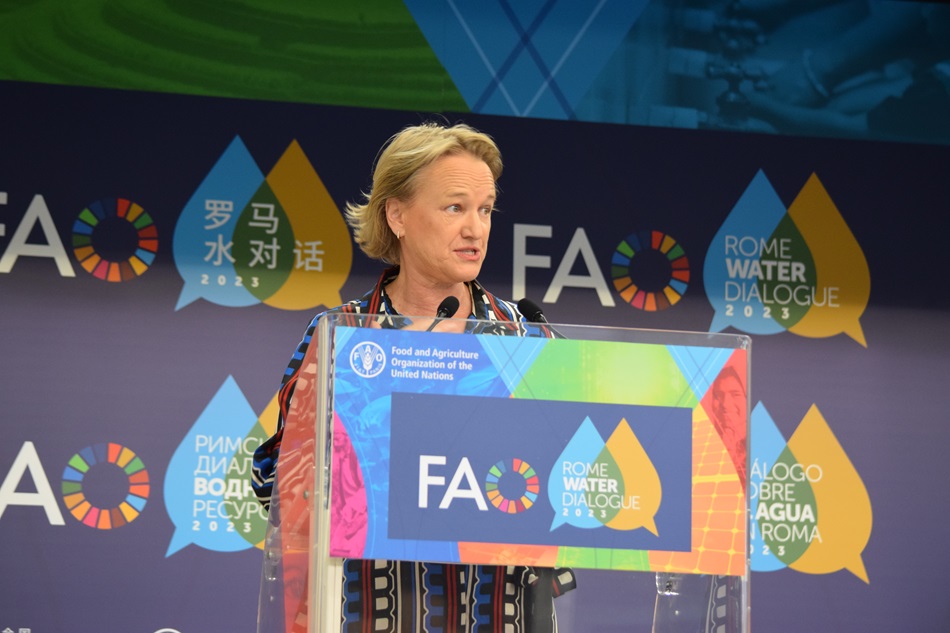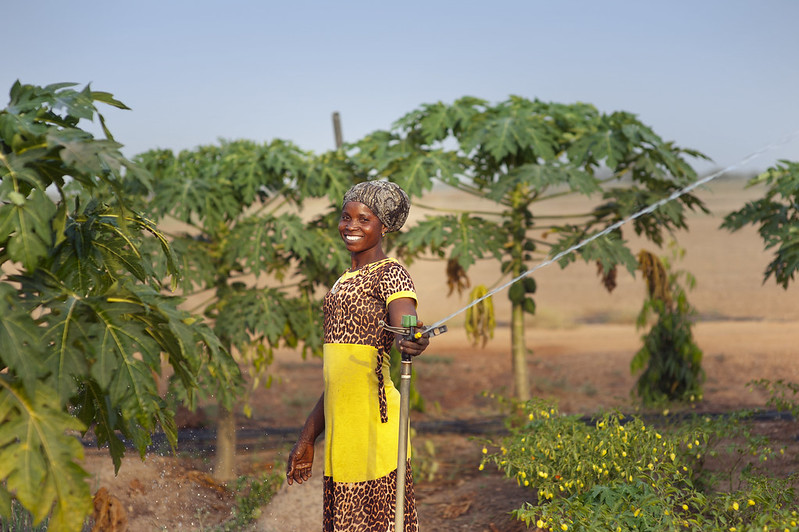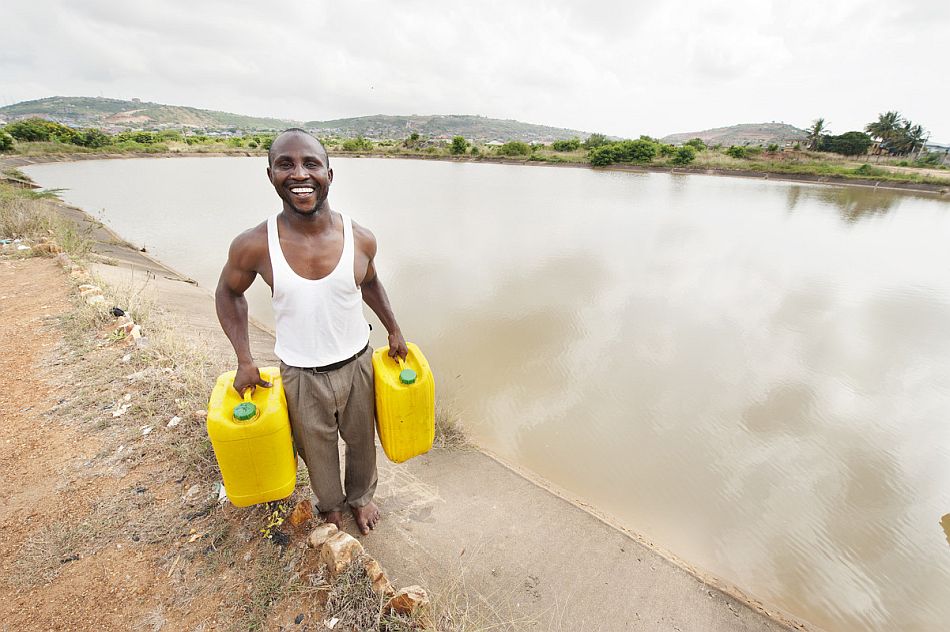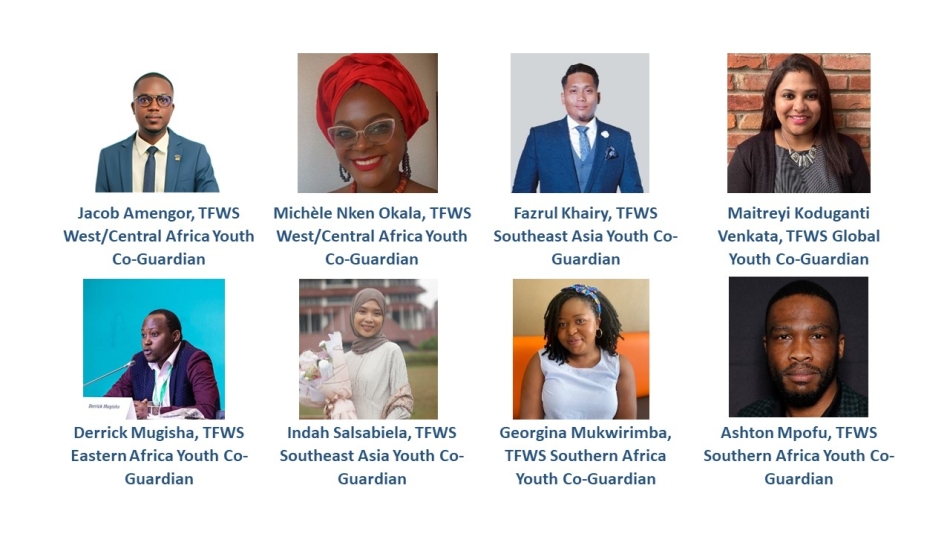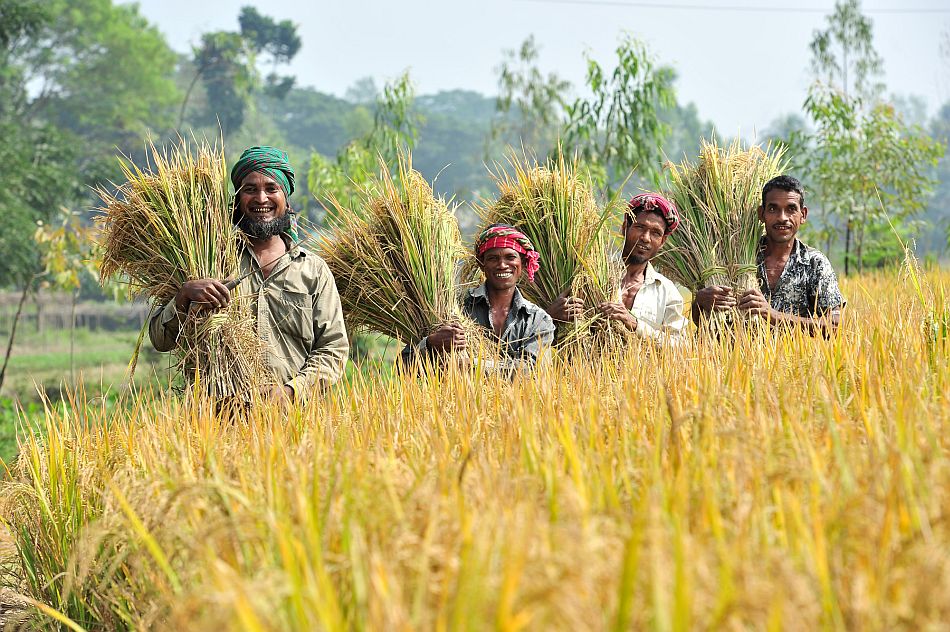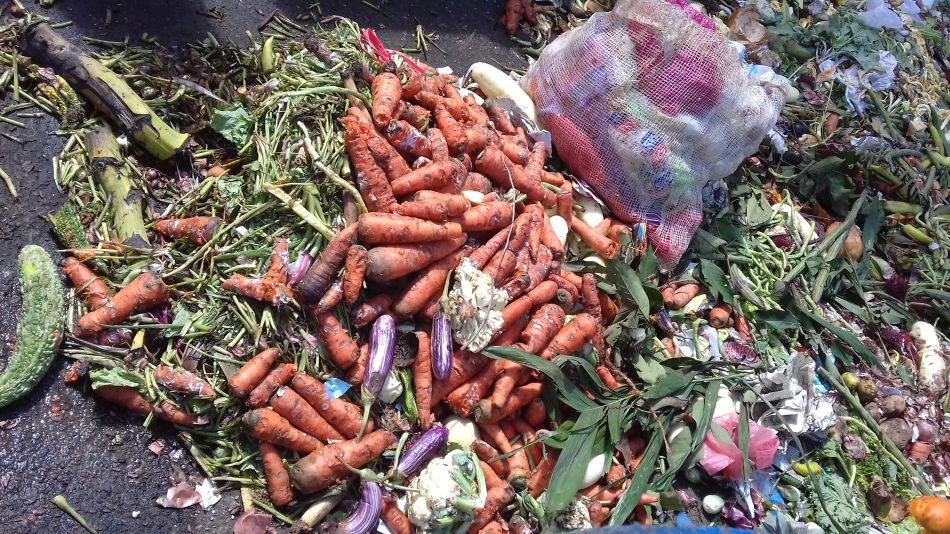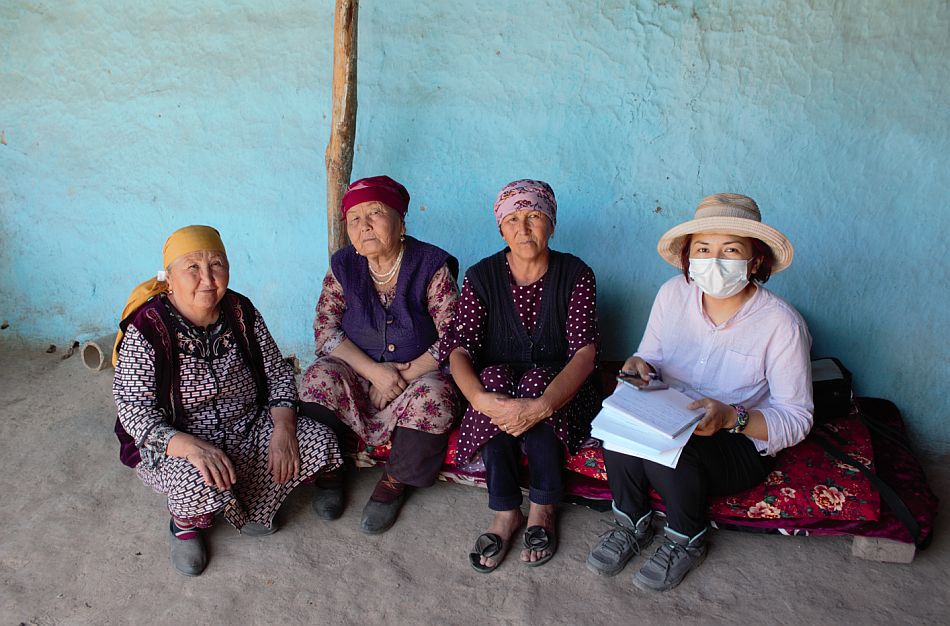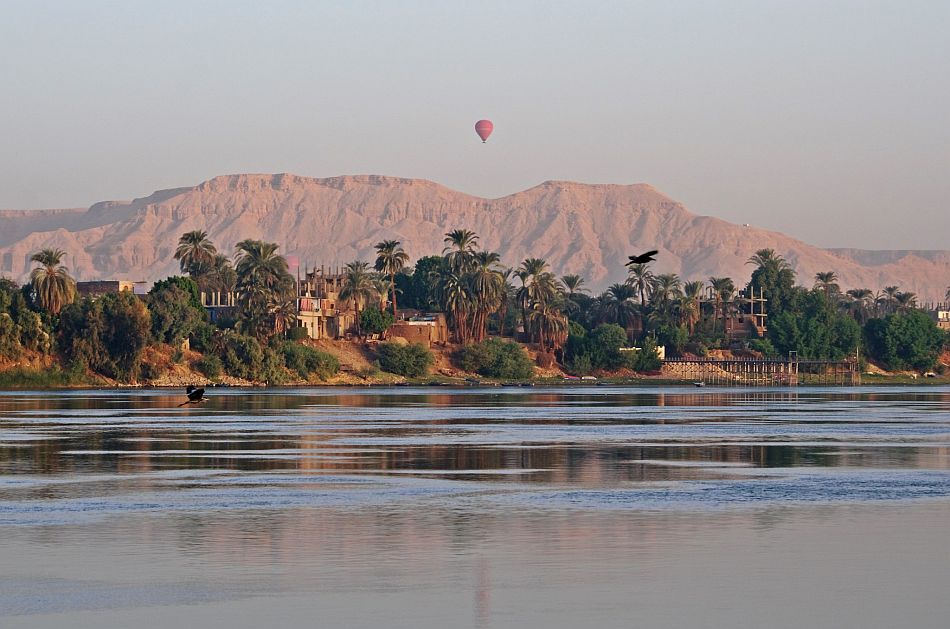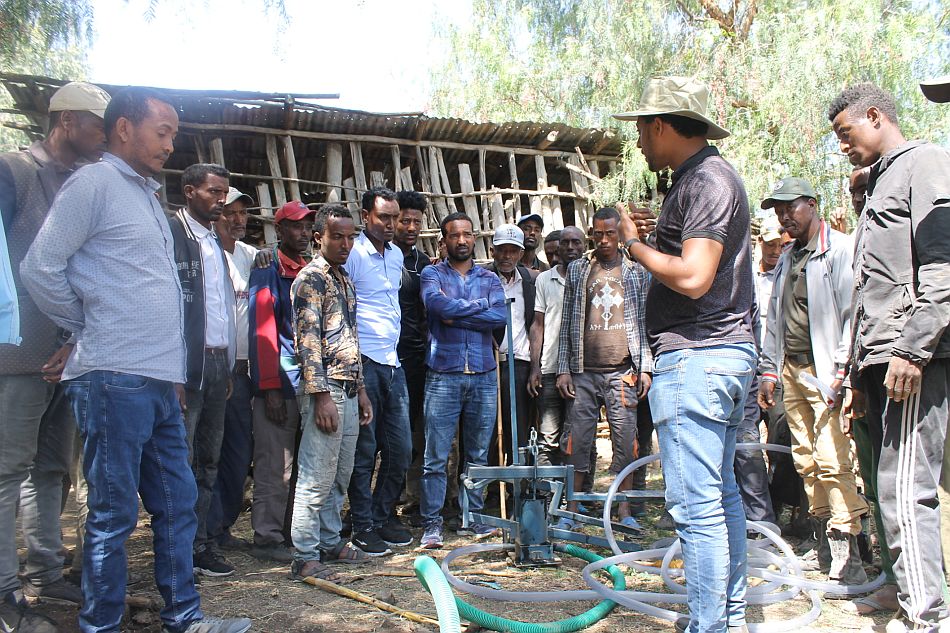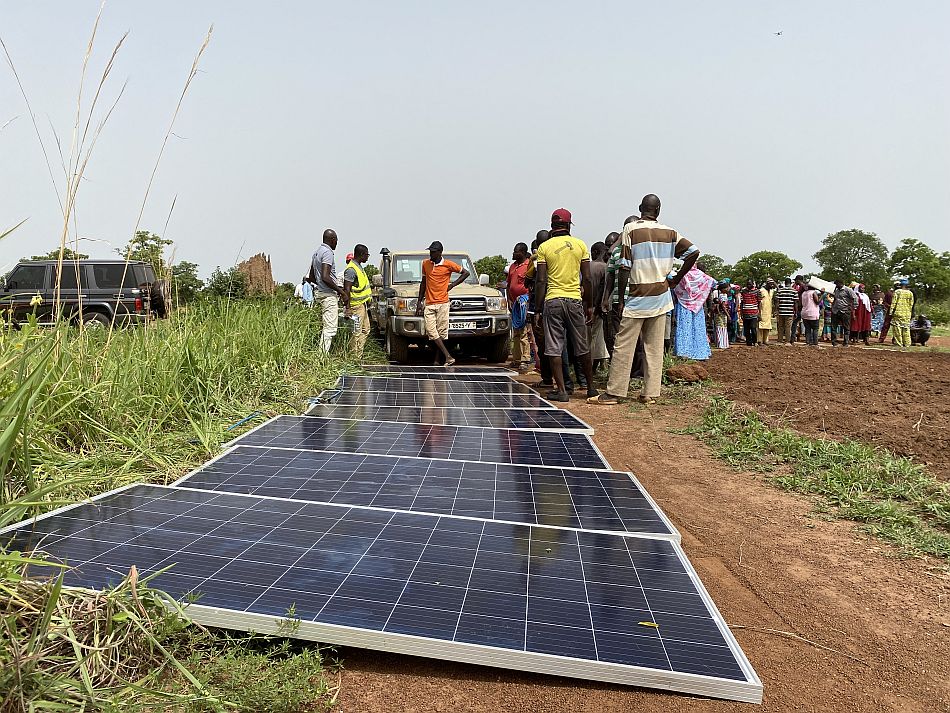Once the rice bowl of Asia, Myanmar will need targeted investments to reduce poverty and regain its preeminent agricultural position in the region.

During the inter-war years, Myanmar, or Burma as it was then called, was a major exporter of rice in Asia. Between 1921 and 1941, the former British colony exported up to 3 million tonnes of milled rice per year.
Since gaining independence, however, production has stalled. Whilst other Asian countries modernized their agriculture – the so-called Green Revolution – Myanmar fell behind. A combination of policy misjudgements and economic sanctions stifled both economic growth and agricultural development. In 1986, Myanmar applied to the United Nations for status as a least developed country.
Today, change is in the air. The country is moving towards democracy. The economy is growing rapidly (gross domestic product [GDP] grew by 6.8% in 2013), underpinned by a solid farming sector. Myanmar is self-sufficient in fish and rice, and the grain remains the country’s most crucial agricultural commodity. Though no longer a leading global producer, the country continues to export food, primarily rice and beans, to China and India.
Expectations for further political and economic reforms after next year’s elections are high. Some predict that Myanmar could become the next ‘rising star’ in Asia, if it can successfully leverage its rich endowments. These include abundant natural resources, a large labor force and a close proximity to the economic powerhouses of China and India.
However, hunger, undernourishment and malnutrition still affect large segments of the population. Food insecurity at the household level is a serious problem, particularly amongst the rural poor.
Food security underpins prosperity
Myanmar’s challenge then is to foster inclusive economic development in a largely agrarian society. Can it be done? In a chapter in a new book published this month, Matthew McCartney from the International Water Management Institute (IWMI) and co-author Ohnmar Kaing argue that careful policy targeting could deliver widespread benefits, but also highlight that inequality remains a risk.

In the chapter (A country in rapid transition: Can Myanmar achieve food security?), the authors address the various issues that create food insecurity. These include lack of access to land, lack of infrastructure, poor water management, land degradation and continuing internal conflict.
- Approximately 80% of Myanmar’s population lives in rural areas.
- Agriculture comprises up to one-third of GDP.
- Farming accounts for more than 60% of total employment.
“The overall food and nutrition situation in Myanmar is complex, dynamic and subject to many positive and negative influences,” says McCartney. “As Myanmar opens up and transitions into a democratic country, it will be further exposed to a range of far-reaching influences. The country needs to strategically plan to embrace the opportunities and curtail the potential threats that these will present.”
Prevailing high levels of household food insecurity, as well as significant environmental pressures and resource depletion, indicate that current economic growth is neither sufficiently inclusive nor sustainable in the long term, according to the authors. Ultimately, both are constraints to progress. Myanmar’s future depends, in large measure, on stewardship of its natural resources and fairer division of the benefits derived from resource use.
“But the opportunities for poverty reduction through agricultural development are huge,” says McCartney. “The size of the agriculture sector, the fact that the country’s population is predominantly rural, and the small size of the manufacturing and service sectors, make a convincing case for agriculture-led development to help deliver improved food security.”

The challenge for the Government of Myanmar, then, is to urgently transform the agriculture sector to simultaneously reduce poverty, improve household food and nutrition security, and reduce environmental degradation.
“No single policy instrument will suffice,” says McCartney. “Rather, achieving food security will depend on a mix of policies that promote higher household incomes, improve education and address the specific constraints of the rural poor.”
Myanmar has shown, historically, that it can be a major agricultural producer, contributing not just to its own food security, but also to that of the entire region. Will it become a model of sustainable inclusive growth? The opportunity beckons.
Read the chapter:
McCartney, M.; Kaing, O. 2014. A country in rapid transition: Can Myanmar achieve food security? In: Food security and development: Country case studies, ed., Nagothu, U.S. Oxon, UK: Routledge.
[hr top=”yes”/]Matthew McCartney is Theme Leader – Ecosystem Services at the International Water Management Institute (IWMI), Vientiane, Lao PDR.




